Earthquakes are natural phenomena caused by the movement of tectonic plates in the Earth's crust, or may be related to volcanic activity. When they occur, accumulated energy is released in the form of seismic waves, transmitted to the surface and causing shaking. The level of impact of an earthquake depends on its intensity (measured in Richter-M) and its depth, ranging from mild shaking to causing deformation of the ground, destroying houses, structures, causing serious damage to infrastructure and human life.
Earthquake disaster in Myanmar
Due to the continuous activity of the Earth's tectonic plates, every year hundreds of thousands of large and small earthquakes occur around the world and are recorded by seismometers, most of which occur along volcanic belts or along the contact boundaries between tectonic plates.
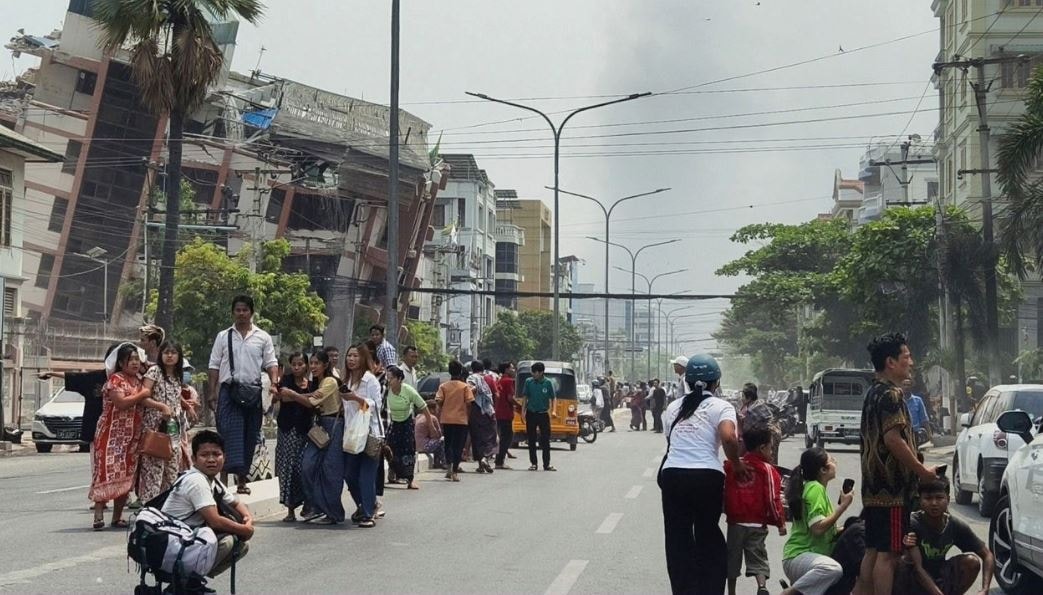
The earthquake on the afternoon of March 28 in Myanmar was also due to the fact that this country is located between two large tectonic plates of continental size: the Indian plate and the Eurasian plate.
Associate Professor, Dr. Nguyen Hong Phuong - Chairman of the Scientific Council of the Institute of Geophysics, Vietnam Academy of Science and Technology said: "The earthquake occurred along the large Sagaing fault, North - South, about 1,200 km long, part of the complex tectonic plate structure of the Tibetan Plateau".
According to Mr. Phuong: “This earthquake is very strong, it can be said to be a destructive earthquake and is one of the strongest earthquakes in the past 100 years that have occurred in this country. From 1900 to now, this place has recorded 6 earthquakes over 7 on the Richter scale and this time is the largest earthquake in Myanmar since 1946 and could also be the strongest earthquake in modern times. The 1946 earthquake was estimated to have a magnitude of 7.6 and also occurred along the Sagaing fault.”
“The energy released by an earthquake like this is equivalent to 334 atomic bombs,” said US geologist Jess Phoenix, warning that aftershocks could last for months as the Indian tectonic plate continues to crash into the Eurasian plate beneath Myanmar.
According to Dr. Nguyen Xuan Anh - Director of the Institute of Geophysics, the earthquake in Myanmar was very strong (7.7 on the Richter scale), so even in locations far from the epicenter (more than 1,000 km) such as Hanoi and Ho Chi Minh City, people can still feel the shaking. However, he emphasized that the current level of natural disaster risk for Vietnam is still level 0, which is insignificant. But nearby countries such as Thailand and China are all greatly affected.
The largest earthquakes in history ever recorded in Vietnam
Although Vietnam is not located in a seismically active area like Japan or Indonesia, or on tectonic plates like Myanmar, history has shown that many earthquakes of moderate to very strong intensity have occurred in many areas of the S-shaped strip of land.
Throughout its history from 114 to 2003, Vietnam has recorded 1,645 earthquakes with a magnitude of 3 or higher on the Richter scale. Notably, earthquakes of magnitude 7 and 8 occurred in many areas such as Bac Dong Hoi, Hanoi, Yen Dinh - Vinh Loc - Nho Quan and Nghe An. Some events even date back hundreds of years, such as the magnitude 8 earthquakes in Hanoi that occurred in 1277, 1278 and 1285, followed by strong earthquakes in other areas such as Phan Thiet in the late 19th century. These events not only demonstrate the power of nature but also serve as a warning about the possibility of future seismic phenomena.
According to the Vietnam and East Sea Earthquake Hazard Probability Map published by the group of authors Nguyen Hong Phuong and Pham The Truyen (VVLDC), there are 37 areas with the highest risk of earthquakes in Vietnam, mainly concentrated in the Northwest region, but with an activity cycle of hundreds or thousands of years.
Although Hanoi and Ho Chi Minh City are currently experiencing a relatively quiet period in terms of seismology, experts still warn that the capital Hanoi, located on the Red River - Chay River fault zone, is at risk of earthquakes in the future. Studies estimate that the recurrence cycle of earthquakes of about 5.4 magnitude on the Richter scale is about 1,100 years, while the last strong earthquake in Hanoi was recorded more than 700 years ago, in 1285. In addition, the capital is also at risk of being affected by strong earthquakes occurring in neighboring fault zones such as the Lo River, Dong Trieu and Son La.
Other regions of Vietnam such as the Northwest, North Central and Central Coast are also frequently affected by earthquakes. According to historical data, the 1935 earthquake in Dien Bien - recorded on the Ma River fault zone - with a magnitude of about 6.9 on the Richter scale, created severe tremors that spread to many neighboring areas.
In 1983, the Tuan Giao area of Dien Bien province continued to suffer a strong earthquake with a magnitude of up to 6.7 on the Richter scale. This was considered one of the strongest earthquakes of the 20th century in Vietnam, causing significant damage to houses and infrastructure in the Northwest region, at the same time, creating tremors felt in more remote areas, raising concerns about geological instability.
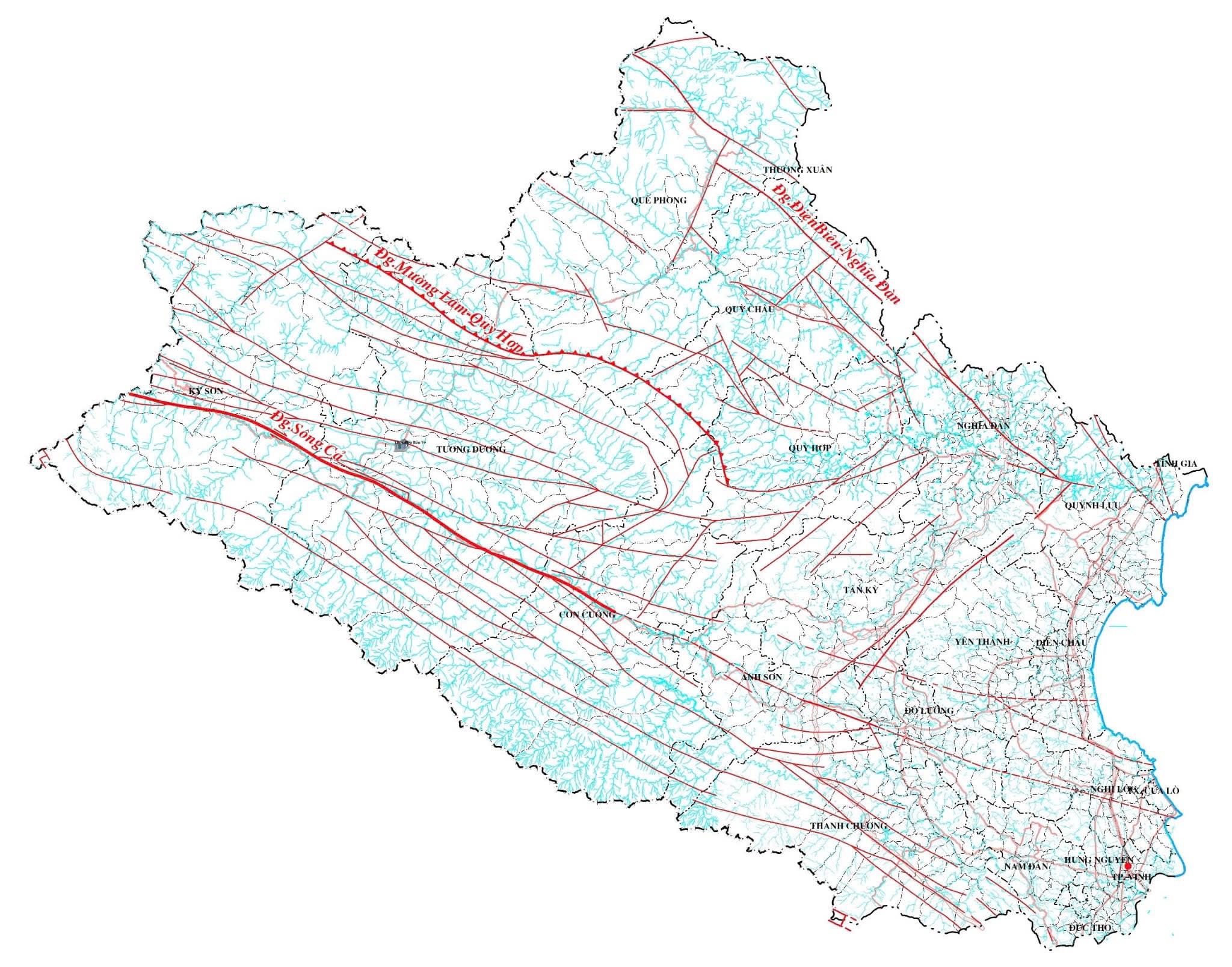
History of earthquakes in Nghe An
As mentioned, earthquake activity goes hand in hand with the activity of geological faults. In Nghe An area, there is the main fault of Ca River with a system of branch faults. Ca River fault has a linear form extending from Ban Ban in Lao territory through Muong Xen town, running along Nam Mo stream, through Cua Rao, running almost coinciding with Ca River to Khe Bo to Cay Chanh (Anh Son district), then along Con River valley through Tan Ky town and straight to Cua Lo sea, then sinking under the sediments of Thanh-Nghe continental shelf. The total length in Vietnam is 200 km.
The Ca River Fault has a direction of NW-EW and points to the Southwest. The depth of influence of the fault is about 60 km. The Ca River Fault has a long history of origin and development, going through many periods of dynamic transformation from the middle of the Paleozoic Era (about 500 million years ago) to the present. During the Cenozoic Era (about 66 million years ago), the activity of this fault zone was clearly demonstrated with the formation of coal basins distributed along the main fault system and branch faults (Than Khe Bo).
According to monitoring documents of the Vietnam Institute of Geophysics, in the 20th century and the early 21st century, there were no earthquakes with a magnitude greater than or equal to 5.0 in the Ca River basin (mostly with amplitudes from 3.0-5.0 on the Richter scale). However, historical documents recorded 5 earthquakes with a magnitude >5 in the years 1136 (1137?), 1767, 1777 (2 earthquakes) and 1821. Most notably, the earthquake in 1136 (1137?) turned the river water red like blood; the earthquake in 1767 caused landslides; and the earthquake in 1821 caused many houses to collapse. According to Dr. Nguyen Dinh Xuyen (VVLĐC, 2004), the earthquake in 1821 had a seismic intensity of l0=8 and a strength of M=6.0.
- The 1136 (1137?) earthquake was recorded to have occurred in the Dien Chau district. Seismologists from the Institute of Geophysics said that this earthquake had a destructive intensity of level VII on the surface, but to make the river water turn red, the earthquake must have been very strong. It could have been stronger than the Tuan Giao earthquake in 1983, meaning it could have had a strength level of over 6.7.
- The 1767 earthquake was recorded in the Dien Chau - Quynh Luu area with a surface tremor reaching level VII, but it was recorded as causing a landslide in Thanh Hoa, so it could have been a strong earthquake.
Classification of earthquake severity according to the Richter scale (M). Earthquakes are classified into the following types: Microearthquake, M=2.0; Weak earthquake, M=2.0-3.9; Mild earthquake, M=4.0-4.9; Moderate earthquake, M=5.0-5.9; Strong earthquake, M=6.0-6.9; Very strong earthquake, M=7.0-7.9 and destructive earthquake, M=8-9.
Warnings
According to Associate Professor Dr. Nguyen Hong Phuong, Vietnam is not located on the Ring of Fire, so we are safe, there will not be destructive earthquakes like the one in Sumatra - Andaman in 2024 (magnitude 9.3) that took the lives of 300,000 people or strong earthquakes like the one in Myanmar recently. However, Vietnam still has the potential for strong earthquakes because our country has many fault systems that are tens of kilometers to hundreds of kilometers long and deep faults, so earthquakes still occur.
Faced with such risks, it is necessary to take reasonable measures to ensure safety for buildings, houses, etc. Earthquakes cannot be avoided, but damage can be reduced when a major earthquake occurs.
According to Associate Professor Dr. Cao Dinh Trieu - Director of the Institute of Applied Geophysics (Vice President of the Vietnam Association of Geophysical Science and Technology), Vietnam does not have any laws on earthquakes, so strict regulations on seismic resistance in construction in general and high-rise buildings in particular are still very fragmented, lacking any strictness or detail.
Countries like Japan, China and the Philippines are places where earthquakes occur frequently because they are located on the Western Pacific Rim, so they have very strict regulations on the construction of residential buildings and high-rise buildings. The buildings must meet the requirements of earthquake resistance.
From the above reality, Mr. Trieu said that in the coming time, Vietnam needs to pay more attention to the issue of earthquake resistance for construction works, especially for civil works (such as high-rise apartments, etc.) to ensure safety as well as minimize potential risks that may occur and affect people.
References:
1. Dr. Cao Dinh Trieu, Dr. Le Van Dung, Dr. Bui Van Nam, Dr. Cao Dinh Trong, Dr. Mai Thi Hong Tham (2023): "Some features of seismic and tectonic characteristics of the Song Ca - Rao Nay area". Journal of Marine Science and Technology, No. 3A, Volume 13, Hanoi, pages 183 - 191
2. Dr. Thai Anh Tuan, Dr. Nguyen Duc Vinh (2023): "Forecasting the earthquake hazard in the Song Ca - Rao Nay basin based on a new deterministic approach", Journal of Marine Science and Technology, No. 3A, Volume 13, Hanoi, pages 9 - 16.
Source: https://baonghean.vn/dong-dat-o-myanmar-canh-bao-cac-vung-dut-gay-o-viet-nam-10294261.html






![[Photo] Closing of the 11th Conference of the 13th Central Committee of the Communist Party of Vietnam](https://vstatic.vietnam.vn/vietnam/resource/IMAGE/2025/4/12/114b57fe6e9b4814a5ddfacf6dfe5b7f)
![[Photo] Overcoming all difficulties, speeding up construction progress of Hoa Binh Hydropower Plant Expansion Project](https://vstatic.vietnam.vn/vietnam/resource/IMAGE/2025/4/12/bff04b551e98484c84d74c8faa3526e0)



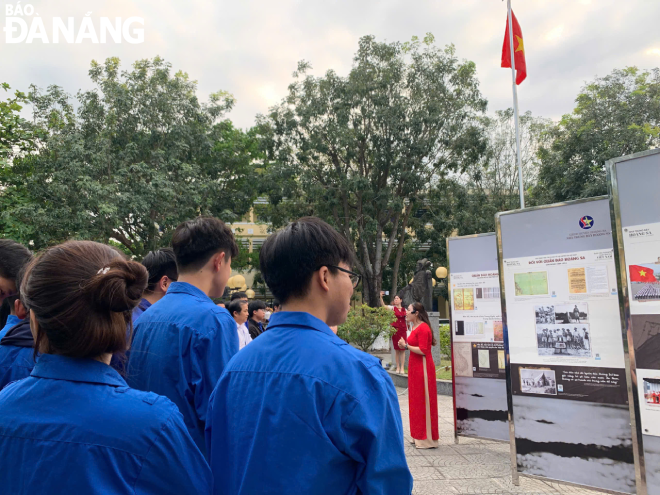






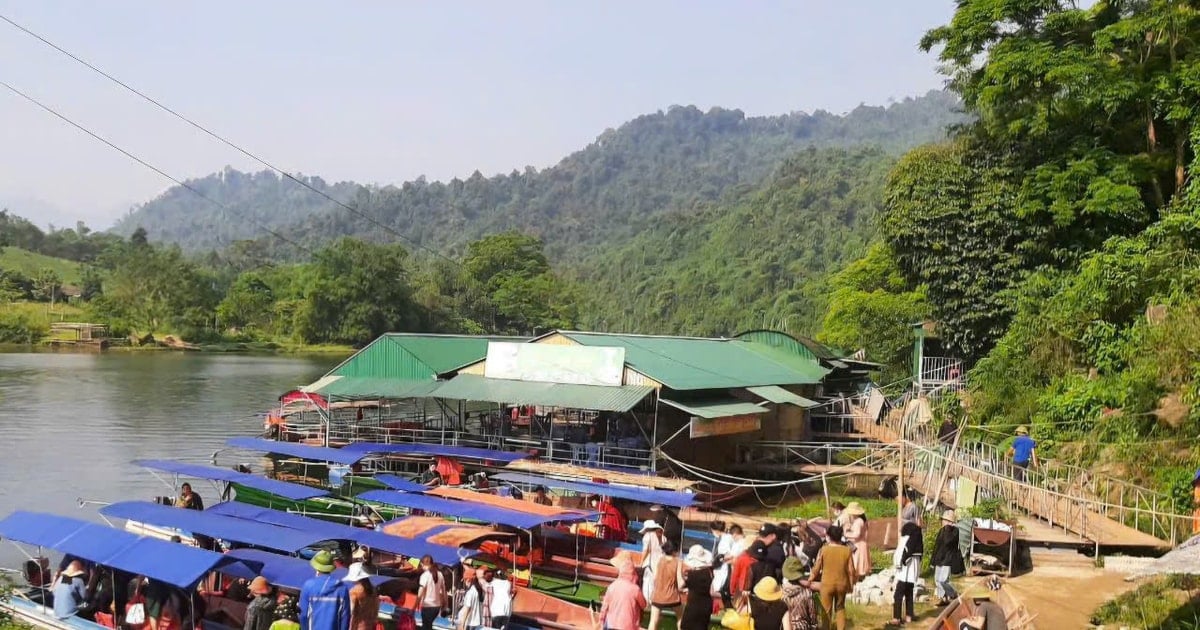
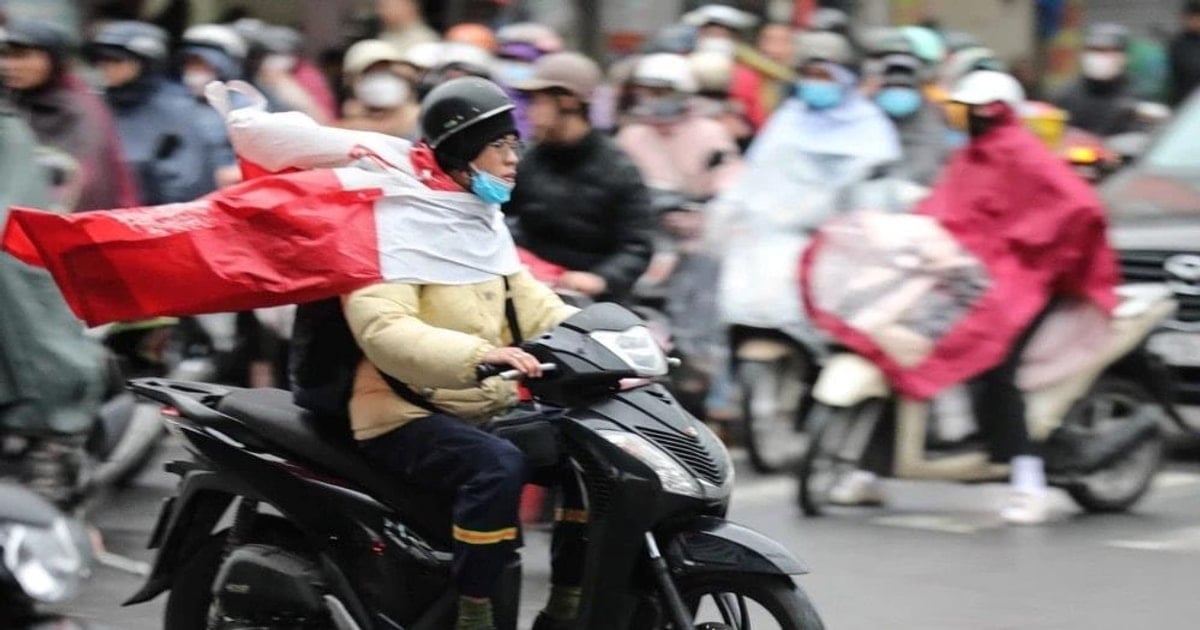
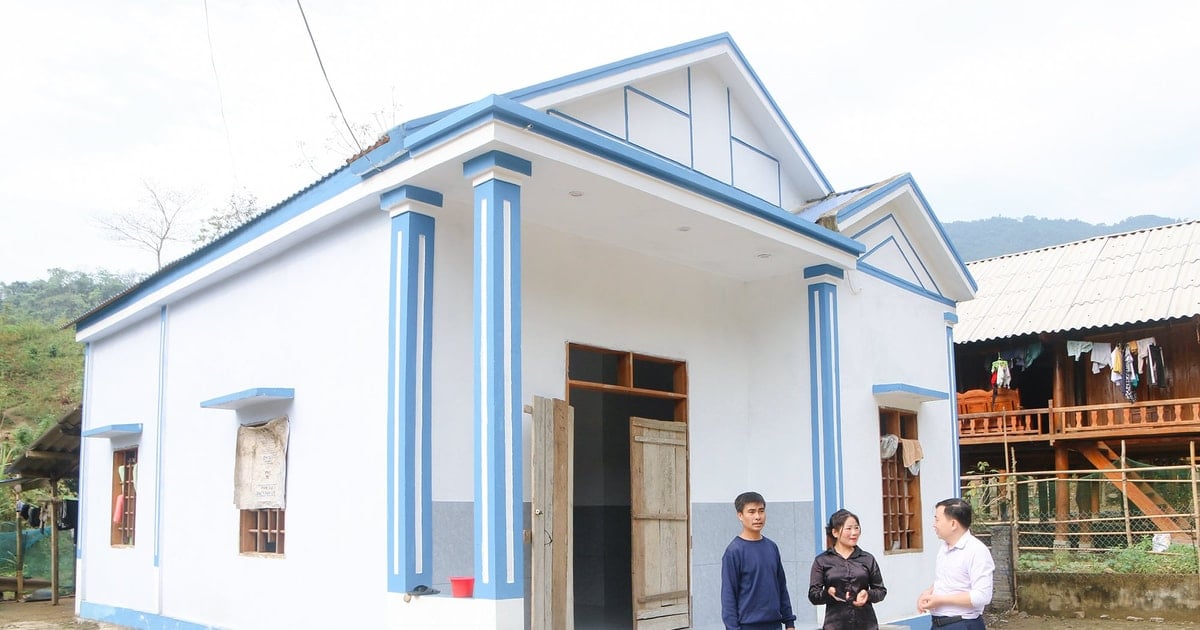




















































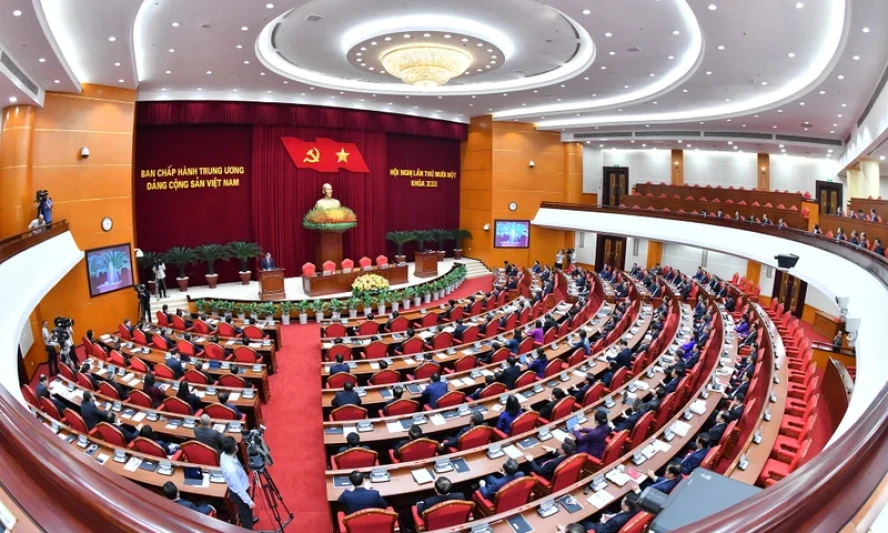













Comment (0)